Good posture is essential for reducing strain on muscles and joints, preventing pain, and maintaining overall health. Poor posture can lead to back and neck pain, headaches, and even decreased mobility over time. Fortunately, chiropractic care, massage therapy, and physical therapy can help correct postural imbalances and improve your alignment. In this guide, we'll discuss how these therapies work and provide self-tests to help you assess your posture.
Why Posture Matters
Posture affects everything from your breathing to your energy levels. When your body is properly aligned, your muscles work efficiently, reducing the risk of injury. Poor posture, on the other hand, can contribute to:
Chronic back, neck, and shoulder pain
Headaches and tension
Decreased lung capacity
Poor circulation
Increased risk of joint degeneration
By improving posture, you can alleviate pain, enhance movement, and even improve athletic performance.
Self-Tests for Posture Assessment
1. Wall Test for Spinal Alignment
How to Perform:
Stand with your back against a wall, feet about six inches away.
Your head, shoulders, and lower back should touch the wall naturally.
Check the space between your lower back and the wall—if it’s more than two inches, you may have excessive spinal curvature.
2. Forward Head Posture Test
How to Perform:
Stand sideways in front of a mirror.
Look at the position of your ears in relation to your shoulders.
If your ears are positioned forward rather than aligned with your shoulders, you may have forward head posture, which can lead to neck and upper back pain.
3. Single-Leg Balance Test for Core Stability
How to Perform:
Stand on one leg without support.
Hold the position for at least 10 seconds.
If you struggle to balance, it may indicate core and hip instability, which can affect posture.
How Chiropractic Care Improves Posture
Chiropractors specialize in spinal alignment, helping to correct postural imbalances and relieve tension. Common chiropractic techniques used to improve posture include:
Spinal Adjustments: Restore proper alignment to the spine, reducing strain on muscles and joints.
Postural Training: Chiropractors may recommend exercises to strengthen postural muscles and retrain movement patterns.
Ergonomic Advice: Guidance on proper sitting, standing, and sleeping positions to maintain good posture throughout the day.
Massage Therapy for Postural Correction
Massage therapy helps relieve muscle tension and improve flexibility, both of which are crucial for maintaining good posture. Specific benefits include:
Reducing Muscle Tightness: Overworked muscles, like those in the neck and upper back, can pull the body into poor alignment.
Improving Circulation: Enhances blood flow to tight areas, promoting healing and relaxation.
Releasing Fascial Restrictions: Fascia, the connective tissue surrounding muscles, can become tight and limit movement. Massage helps break up adhesions and restore flexibility.
Physical Therapy for Posture Improvement
Physical therapy focuses on strengthening weak muscles and improving movement patterns. A physical therapist may use:
Targeted Strengthening Exercises: Strengthens postural muscles like the core, glutes, and back muscles to support proper alignment.
Stretching Routines: Improves flexibility in areas that contribute to poor posture, such as tight hip flexors and chest muscles.
Postural Awareness Training: Helps retrain movement patterns to prevent slouching and incorrect spinal positioning.
Simple Exercises to Improve Posture
1. Chin Tucks for Forward Head Posture
Sit or stand tall.
Gently tuck your chin toward your chest, keeping your head level.
Hold for five seconds and repeat 10 times.
2. Wall Angels for Shoulder and Back Alignment
Stand against a wall with your lower back, shoulders, and head touching it.
Raise your arms to form a 90-degree angle, then slowly raise and lower them like a snow angel.
Perform 10 repetitions.
3. Glute Bridges for Core and Hip Stability
Lie on your back with knees bent and feet flat on the floor.
Lift your hips while squeezing your glutes, keeping your back straight.
Hold for five seconds, then lower slowly. Repeat 10-15 times.
Get Professional Help for Your Posture
If you struggle with posture-related pain or discomfort, professional care can help. At Boulder Sports Chiropractic, we offer a comprehensive approach to posture correction, including chiropractic adjustments, massage therapy, and physical therapy. Our team can assess your posture, provide targeted treatment, and create a personalized plan to improve alignment and reduce pain.
Book an Appointment Today!
Take the first step toward better posture and a healthier body. Contact Boulder Sports Chiropractic to schedule an evaluation and get started on your journey to improved posture and well-being.
